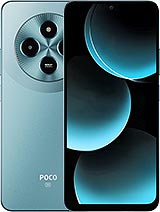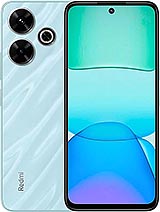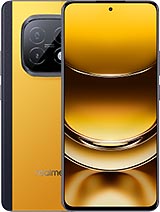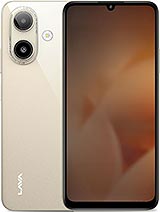Realme Narzo 70 Pro alternatives
Tap above to see alternatives.
Tecno Pop 9 alternatives
Tap above to see alternatives.
Realme Narzo 70 Pro
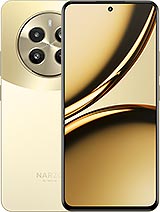
Realme Narzo 70 Pro
-
Dimensity 7050
6 nm
-
5000 mAh
67W
-
6.67"
1080x2400 pixels
-
50 MP
1080p@30fps
-
Specs

Tecno Pop 9

Tecno Pop 9
-
Dimensity 6300
6 nm
-
5000 mAh
18W
-
6.6"
720 x 1612 pixels
-
48 MP
1080p@30fps
-
Specs

2x2.6 GHz Cortex-A78
6x2.0 GHz Cortex-A55
2x2.4 GHz Cortex-A76
6x2.0 GHz Cortex-A55
8GB 256GB
4GB 128GB (UFS 2.2)
f/1.9, 24mm (wide), 1/1.56", PDAF, OIS
8 MP
f/2.2, 16mm, 112˚ (ultrawide), 1/4.0", 1.12µm
2 MP
f/2.4, (macro)
(wide), 1/2.0", 0.8µm, AF
Auxiliary lens
f/2.5, 24mm (wide), 1/3.0"
SIM1: Nano, SIM2: Nano
SIM1: Nano, SIM2: Nano
FDD: N1, N3, N5, N8, N28
TDD: N40, N41, N77, N78
FDD: N3
TDD: N40
FDD: N1, N3, N5, N8, N28
TDD: N40, N41, N77, N78
FDD: N3
TDD: N40
In this performance comparison, the Realme Narzo 70 Pro with its Mediatek Dimensity 7050 (6nm) performs better than the Tecno Pop 9 with the Mediatek Dimensity 6300 (6nm), thanks to superior chipset efficiency.
Realme Narzo 70 Pro features a superior AMOLED display, while Tecno Pop 9 comes with an LCD panel. Both smartphones offer the same 120 Hz refresh rate. Realme Narzo 70 Pro also boasts a brighter screen with 2000 nits of peak brightness, enhancing outdoor visibility. Notably, Realme Narzo 70 Pro offers a higher screen resolution, resulting in sharper visuals and more detailed content.
Both phones are equipped with the same 5000 mAh battery capacity. Realme Narzo 70 Pro also supports faster wired charging at 67W, compared to 18W on Tecno Pop 9.
Both phones feature the same IP54 rating for water and dust resistance.
- Realme Narzo 70 Pro – Check price here
- Tecno Pop 9 – Check price here
¹ Scores can vary even with the same chipset due to RAM, thermals, and software optimization.


